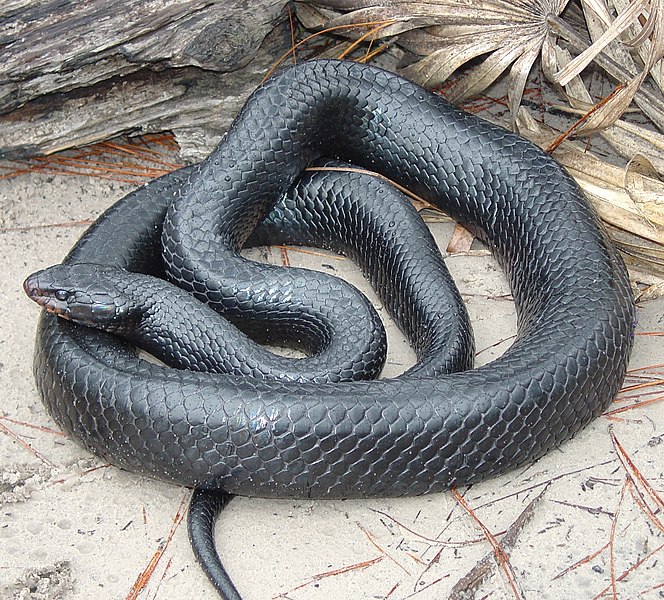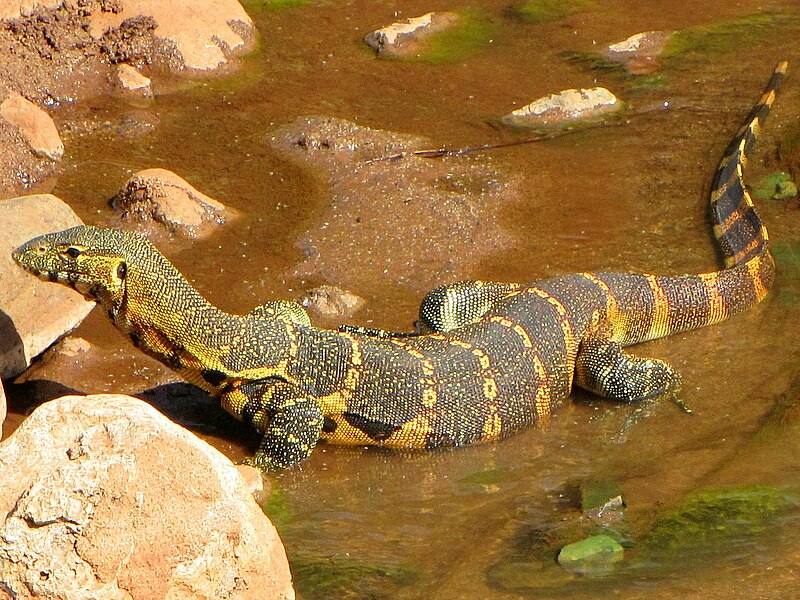Breeding frogs and rearing tadpoles is one of the most enjoyable aspects of our hobby, and becoming ever more important to the survival of many species. In the course of working with numerous species at home and in zoos, I’ve compiled a list of commercial foods that have proven especially useful as tadpole foods. The variety of new food items that have appeared and the many frog species that have been recently bred by hobbyists have convinced me that it’s time to reach out see what new “wonder products” or ideas folks have tried. I have, therefore, highlighted some of the foods I’ve come to rely on, and would greatly appreciate hearing of your experiences with them and others. Thank you.
The Amazing Specialists
While the tadpoles of many commonly bred frogs (i.e. White’s Treefrog, Litoria caerulea) are omnivorous and take a variety of foods, others are specialists and will not survive unless their exacting requirements are met. The tadpoles of African Clawed Frogs, Xenopus laevis and Malayan Leaf Frogs, Megophrys nasuta, for example, are filter feeders, while those of the African Bullfrog, Pyxicephalus adspersus, are as carnivorous as their pugnacious parents. Poison Frog tadpoles of several species feed upon unfertilized eggs deposited by their mother, Goliath Frog, Conraua goliath, tadpoles consume a single species of algae, Fringe-Limbed Treefrog (Ecnomiohyla rabborum) tadpoles eat their father’s skin, Brown Leaping Frog (Indirana semipalmata) tadpoles gnaw on wood (high up in trees!) …the list is fascinating. Please post below if you would like information on these or other species. Read More »
 That Reptile Blog – Reptile, Amphibian and Exotic Pet Care and Information
That Reptile Blog – Reptile, Amphibian and Exotic Pet Care and Information




